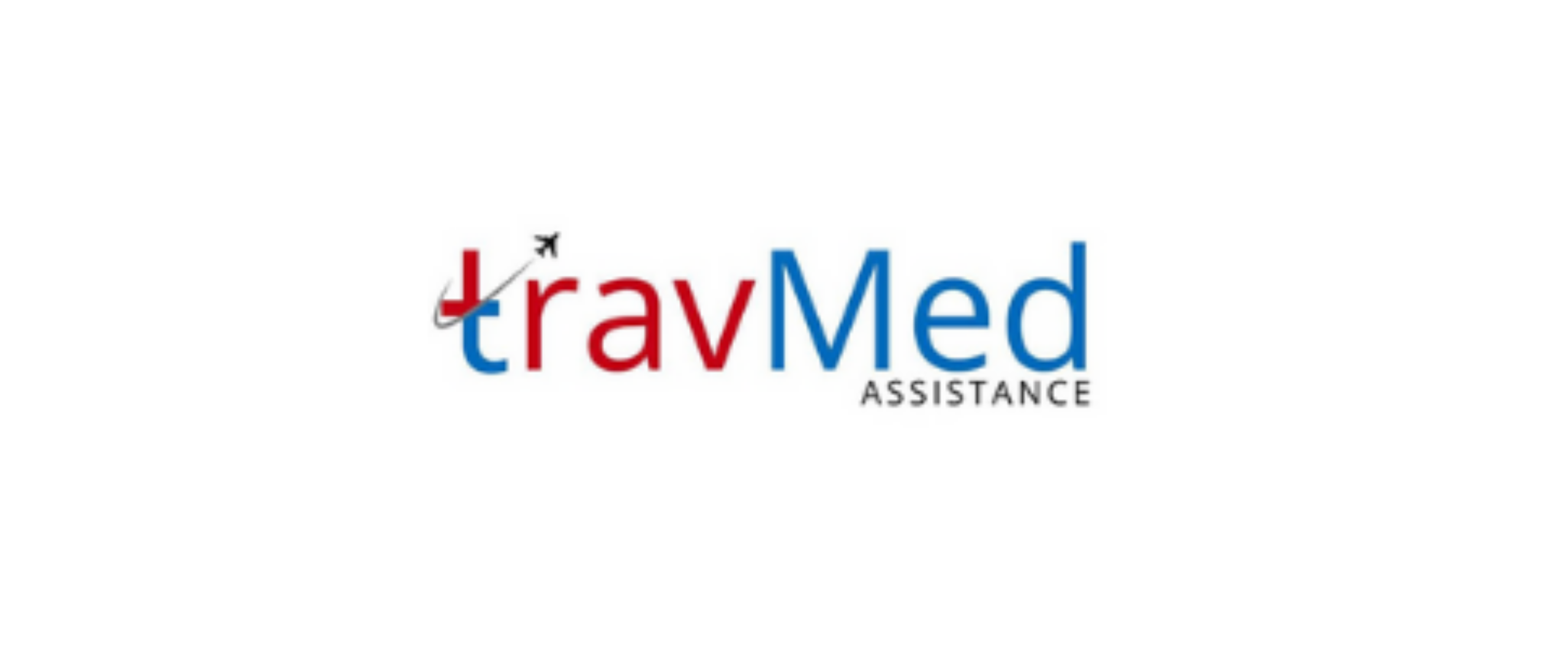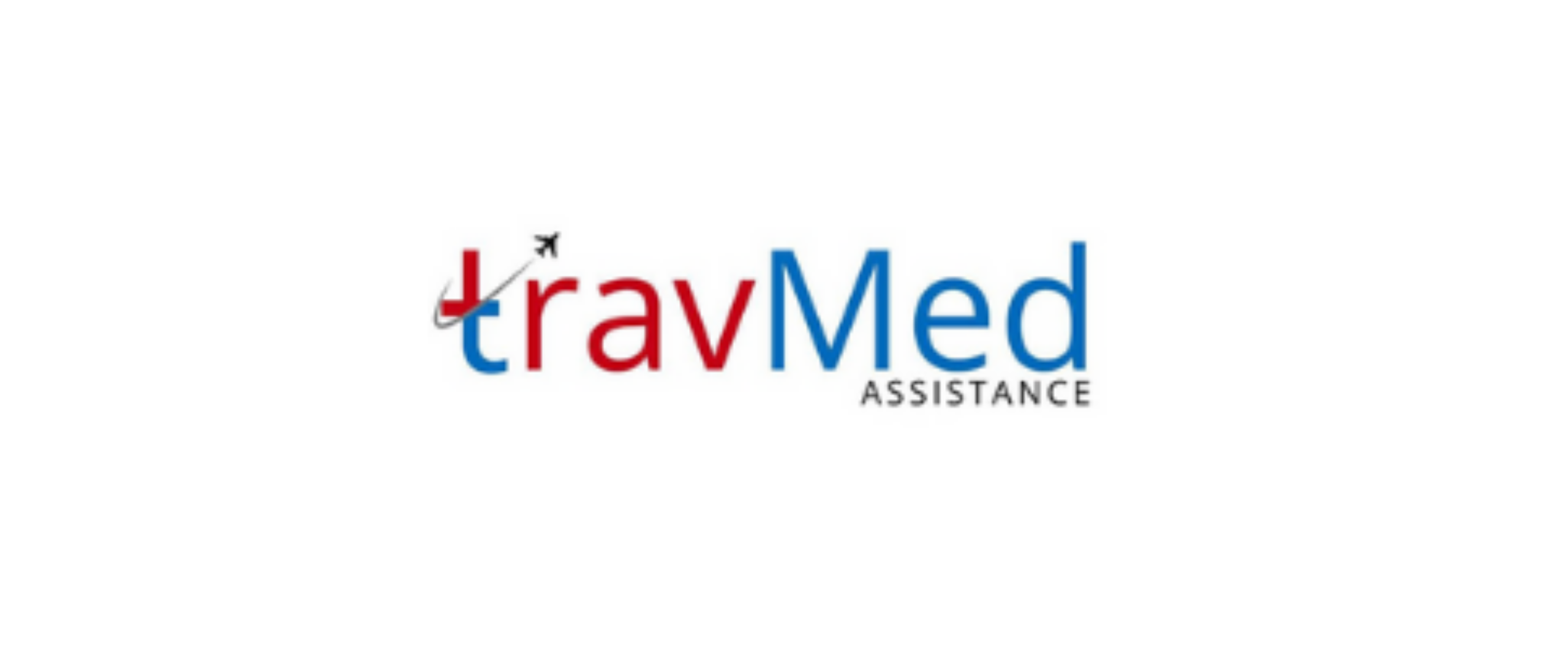
Search and rescue in Nepal refers to the organized efforts to locate, assist, and evacuate travelers who are lost, injured, or in distress in the country’s diverse and often challenging terrain. Nepal’s unique geography, including the Himalayas and remote trekking routes, necessitates specialized search and rescue operations. These services are essential for both domestic and international travelers exploring Nepal’s mountains, jungles, and rural areas. Search and rescue teams in Nepal utilize various techniques and equipment, including helicopters, ground teams, and advanced communication systems, to locate and extract individuals in need of assistance. The primary goal is to ensure the safety and well-being of travelers in emergency situations, whether due to accidents, natural disasters, or medical emergencies.
Who provides search and rescue services?
Search and rescue services in Nepal are provided by a combination of government agencies, private companies, and non-governmental organizations. The key providers include:
- Nepal Army: The primary government agency responsible for search and rescue operations
- Nepal Police: Assists in search and rescue efforts, especially in accessible areas
- Armed Police Force: Provides additional support for rescue operations
- Department of Tourism: Coordinates rescue efforts for trekkers and mountaineers
- Private helicopter companies: Offer air rescue services, often in collaboration with travel insurance providers
- Trekking agencies: Provide initial assistance and coordinate with rescue services
- Nepal Mountaineering Association: Supports rescue efforts in mountainous regions
- Himalayan Rescue Association: A non-profit organization specializing in high-altitude rescues
- Local communities: Often play a crucial role in initial search and rescue efforts
These organizations work together to ensure comprehensive coverage and efficient rescue operations throughout Nepal.
How does the rescue process work?
The rescue process in Nepal typically follows a structured approach to ensure efficient and effective assistance for travelers in distress. The process generally includes the following steps:
- Distress call or alert received by rescue authorities or tour operators
- Initial assessment of the situation and location of the affected individuals
- Mobilization of appropriate rescue teams and resources
- Coordination between various agencies and service providers
- Deployment of ground teams or helicopters, depending on the location and urgency
- Search operations to locate the affected individuals
- On-site medical assessment and first aid, if required
- Evacuation of affected individuals to safe locations or medical facilities
- Coordination with hospitals, embassies, and insurance providers for further assistance
- Debriefing and documentation of the rescue operation
The specific details of each rescue operation may vary depending on the circumstances, location, and resources available. Effective communication and coordination between all involved parties are essential for successful rescue operations in Nepal.
What documents are required for rescues?
Several documents are typically required for search and rescue operations in Nepal, both for the affected individuals and the rescue service providers. These documents help ensure proper identification, authorization, and insurance coverage. The required documents may include:
- Valid passport and visa for international travelers
- Trekking or climbing permits, if applicable
- Travel insurance policy details, including coverage for search and rescue
- Medical history and emergency contact information
- Signed consent forms for rescue operations and medical treatment
- Identification documents for local travelers
- Rescue service provider’s operating licenses and certifications
- Flight manifests for helicopter rescues
- Incident reports and rescue operation logs
- Medical assessment forms and treatment records
- Customs and immigration clearance for international evacuations
It is advisable for travelers to keep copies of essential documents easily accessible, both physically and digitally, to facilitate rescue operations if needed.
How much do search and rescue services cost?
The cost of search and rescue services in Nepal can vary significantly depending on various factors, including the location, complexity of the operation, and resources required. While some basic services may be provided free of charge by government agencies, more extensive operations, especially those involving helicopter evacuations, can be quite expensive. Typical costs may range from:
- Ground-based rescues: $500 – $2,000 USD
- Helicopter evacuations: $2,000 – $20,000 USD or more
- High-altitude rescues: $5,000 – $50,000 USD or more
These costs often cover expenses such as personnel, equipment, fuel, and logistics. It’s important to note that many travel insurance policies cover search and rescue expenses, but coverage limits and terms may vary. Travelers are strongly advised to obtain comprehensive travel insurance that includes search and rescue coverage before visiting Nepal. Some trekking agencies also include basic rescue insurance in their package prices. In cases where individuals cannot afford rescue services, the Nepal government may provide assistance, but this is not guaranteed and may involve lengthy processes.
How long does it take for rescue operations?
The duration of rescue operations in Nepal can vary greatly depending on several factors, including the location of the affected individuals, weather conditions, and available resources. Typical timeframes for different scenarios include:
- Urban or accessible areas: 1-3 hours
- Remote trekking routes: 4-12 hours
- High-altitude mountainous regions: 12-48 hours or more
- Extreme weather conditions: May extend rescue time indefinitely
Factors that can affect rescue operation duration:
- Terrain difficulty and accessibility
- Availability of helicopter landing sites
- Visibility and weather conditions
- Time required for rescue team mobilization
- Coordination between multiple agencies
- Severity of injuries or medical conditions
- Need for specialized equipment or personnel
It’s important to note that in some cases, rescue operations may need to be conducted in stages, with initial stabilization followed by full evacuation. Patience and understanding are crucial, as rescue teams prioritize safety and effectiveness over speed.
Are services available for all travelers?
Search and rescue services in Nepal are generally available for all travelers, regardless of nationality or purpose of visit. However, the level of service and accessibility may vary depending on several factors:
- Location: Services are more readily available in popular trekking areas and urban centers
- Type of activity: Mountaineering expeditions may have specific rescue protocols
- Insurance coverage: Comprehensive travel insurance can facilitate faster and more extensive rescue operations
- Government regulations: Some areas may have restricted access or require special permits
- Seasonal variations: Certain regions may have limited services during off-seasons or extreme weather conditions
- Language barriers: Communication may be challenging in remote areas
- Local resources: Remote communities may offer initial assistance before professional rescuers arrive
While efforts are made to assist all travelers in need, it’s important to note that rescue operations in extremely remote or dangerous areas may be limited by practical constraints. Travelers are advised to research their destinations, obtain appropriate insurance coverage, and follow local guidelines to ensure their safety and access to rescue services if needed.
How reliable are search and rescue providers?
Search and rescue providers in Nepal generally maintain a high level of reliability, especially given the challenging terrain and conditions they often face. The reliability of these services can be assessed based on several factors:
- Experience: Many providers have extensive experience in Nepal’s diverse environments
- Training: Rescue teams undergo regular training and skill development programs
- Equipment: Providers utilize modern rescue equipment and technology
- Coordination: Effective collaboration between various agencies enhances reliability
- Success rate: Many providers boast high success rates in rescue operations
- Accreditation: Some providers hold international certifications and accreditations
- Government oversight: Regulatory bodies monitor and enforce standards for rescue services
- Customer feedback: Positive testimonials from rescued individuals support provider reliability
However, it’s important to note that external factors such as extreme weather conditions, geographical challenges, and resource limitations can impact the reliability of rescue operations. Travelers should always exercise caution, follow safety guidelines, and not rely solely on the availability of rescue services. Choosing reputable trekking agencies and obtaining comprehensive travel insurance can also contribute to a more reliable safety net in case of emergencies.
Can rescues be conducted in remote areas?
Rescues in remote areas of Nepal are indeed possible and are often conducted, albeit with additional challenges and considerations. The country’s diverse landscape, including high-altitude mountains, dense forests, and isolated valleys, necessitates specialized approaches for remote rescues. Key aspects of remote area rescues include:
- Helicopter access: Many remote rescues rely on helicopter evacuations due to inaccessible terrain
- Specialized teams: Highly trained rescue personnel with experience in remote and high-altitude operations
- Advanced equipment: Use of satellite communication, GPS tracking, and specialized rescue gear
- Local knowledge: Collaboration with local communities and guides who understand the terrain
- Weather dependence: Rescue operations may be delayed due to adverse weather conditions
- Extended timeframes: Remote rescues often require more time due to logistical challenges
- Higher costs: Rescues in extremely remote areas typically incur higher expenses
- Limited medical facilities: Immediate medical care may be basic until evacuation to urban centers
While rescues can be conducted in most remote areas of Nepal, travelers should be aware that the level of difficulty and time required for such operations can vary significantly. It’s crucial for those venturing into remote areas to be well-prepared, inform others of their plans, and carry appropriate safety and communication equipment.
How do I contact rescue service providers?
Contacting rescue service providers in Nepal can be done through various channels, depending on the traveler’s situation and location. Here are the primary methods to reach rescue services:
- Emergency hotlines:
- Nepal Police: 100
- Tourist Police: +977-1-4247041
- Nepal Tourism Board: +977-1-4256909
- Trekking agency or tour operator: Often the first point of contact for organized trips
- Travel insurance provider: Many offer 24/7 emergency assistance hotlines
- Embassy or consulate: Can assist in coordinating rescue efforts for their citizens
- Local authorities: Police stations or government offices in rural areas
- Himalayan Rescue Association: +977-1-4440292/4440293
- Nepal Mountaineering Association: +977-1-4434525
- Helicopter companies: Direct contact for air rescue services
- Satellite phone: For remote areas without cellular coverage
- Emergency locator beacons: Automatically alert rescue services when activated
It’s advisable to have multiple contact methods and emergency numbers readily available before traveling to Nepal, especially when venturing into remote areas. Storing these contacts in both digital and physical formats can ensure access even in challenging situations.
Are services available 24/7 in Nepal?
Search and rescue services in Nepal generally operate on a 24/7 basis, especially for emergency situations. However, the availability and response times may vary depending on several factors:
- Location: Urban areas typically have round-the-clock services, while remote regions may face delays
- Weather conditions: Severe weather can impact the ability to conduct rescues, especially air operations
- Type of service: Emergency hotlines are usually available 24/7, but specific rescue teams may have varying schedules
- Season: Popular trekking seasons may see increased availability of rescue services
- Government agencies: Police and army units typically operate 24/7 for emergencies
- Private providers: Some private helicopter companies offer 24-hour services, especially during peak seasons
- Medical facilities: Major hospitals in urban centers provide 24/7 emergency care
- Communication infrastructure: Remote areas may have limited communication options during certain hours
While efforts are made to provide continuous rescue services, practical limitations may affect immediate response in some situations. Travelers are advised to:
- Carry multiple means of communication
- Inform others of their travel plans
- Be prepared for potential delays in extreme conditions or very remote locations
- Consider the time of day when planning activities in challenging terrain
Understanding these factors can help travelers make informed decisions and maintain realistic expectations regarding the availability of rescue services in Nepal.
How is safety ensured during rescue operations?
Safety is a top priority during search and rescue operations in Nepal, with multiple measures in place to protect both the rescue teams and the individuals being rescued. The following strategies are employed to ensure safety:
- Rigorous training: Rescue personnel undergo extensive training in various rescue techniques and safety protocols
- Risk assessment: Each rescue operation begins with a thorough evaluation of potential hazards and risks
- Weather monitoring: Continuous assessment of weather conditions to determine safe operating windows
- Equipment checks: Regular inspection and maintenance of all rescue equipment, including helicopters and climbing gear
- Communication protocols: Clear and consistent communication between team members and base operations
- Medical expertise: Inclusion of medical professionals in rescue teams for immediate care
- Staged approaches: Complex rescues may be conducted in phases to minimize risks
- Local knowledge: Collaboration with local guides and communities familiar with the terrain
- Safety gear: Use of appropriate safety equipment for both rescuers and rescued individuals
- Acclimatization: Consideration of altitude-related risks in high-altitude rescues
- Rest and rotation: Ensuring rescue team members are well-rested and rotated to prevent fatigue
- Post-operation reviews: Debriefing and analysis of each operation to improve future safety measures
These comprehensive safety measures aim to minimize risks and ensure the well-being of all involved parties during challenging rescue operations in Nepal’s diverse and often hazardous environments.


